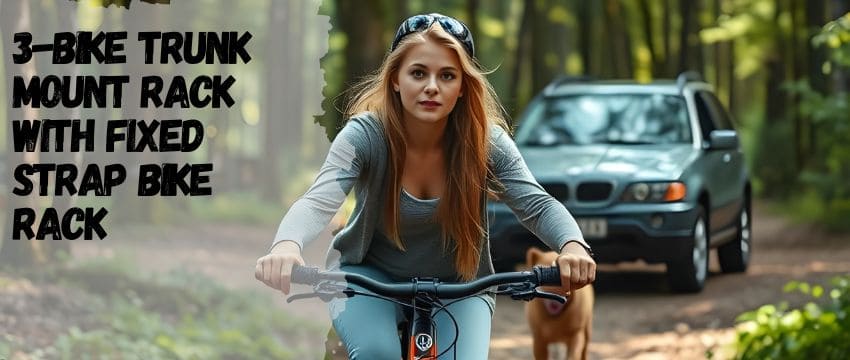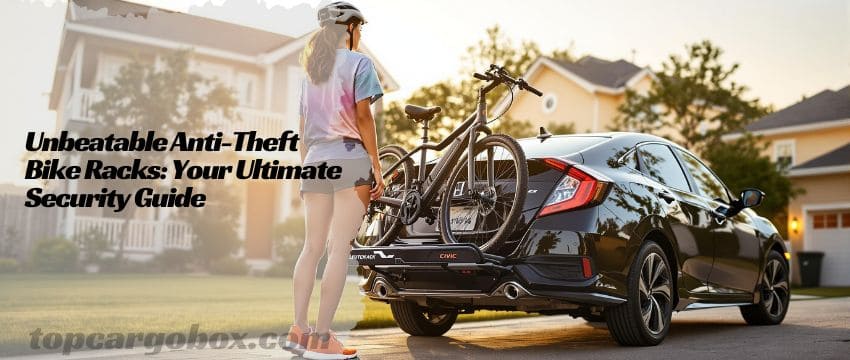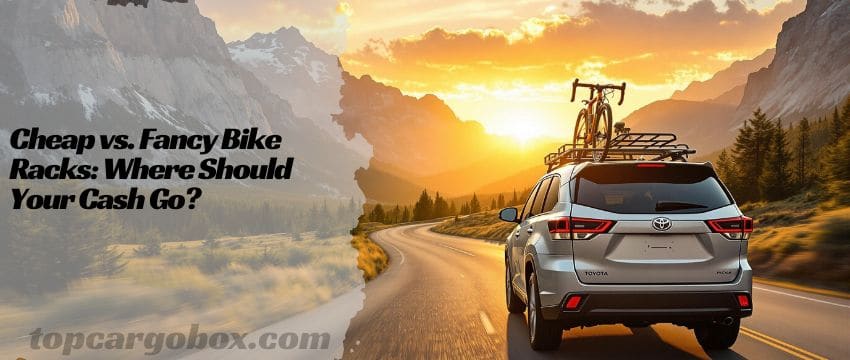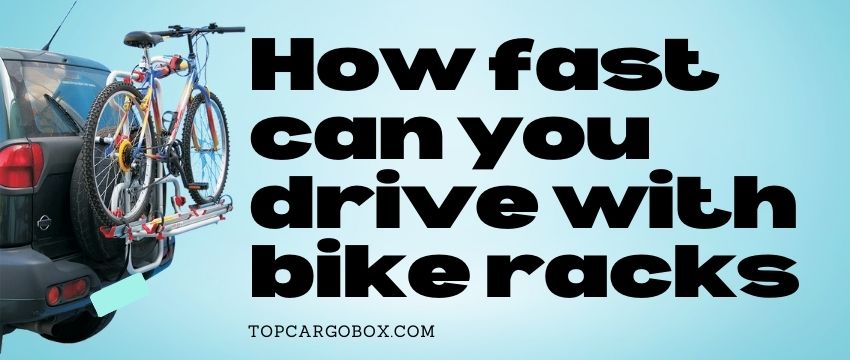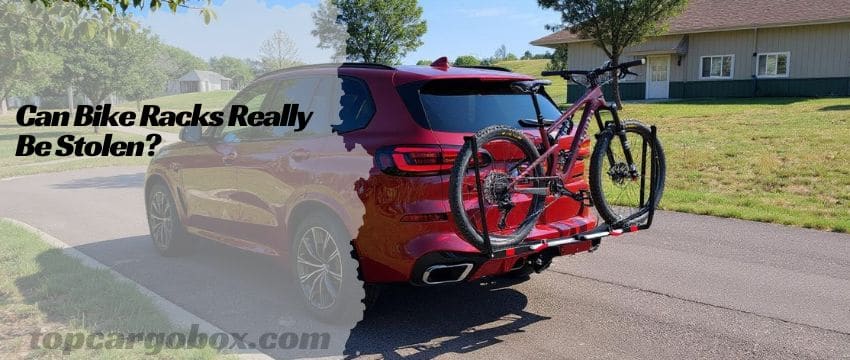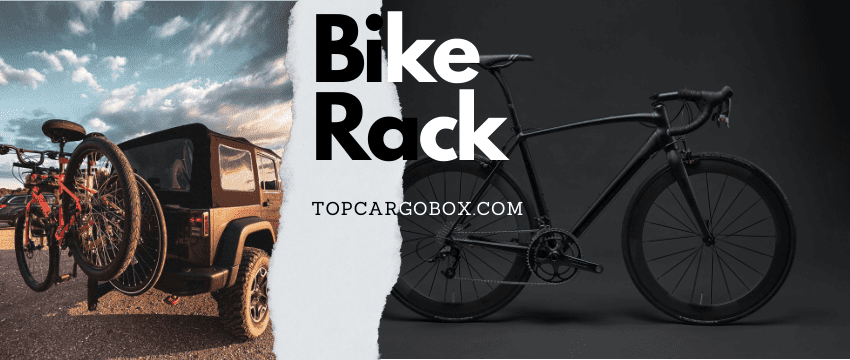For cycling enthusiasts, transporting bikes without sacrificing vehicle space or risking damage can feel like solving a Rubik’s Cube blindfolded. Enter the JAYEUW Trunk Bicycle Rack Carrier—a 3-bike solution promising to simplify adventures while safeguarding your car’s finish. Designed for hatchbacks, sedans, SUVs, and vans, this rack balances affordability, durability, and practicality. But does it live up to the hype? This guide unpacks every detail, answering critical questions about compatibility, installation, and performance. Whether you’re planning a family bike trail day or a solo mountain escapade, discover how this rack could become your road-trip MVP.
Can the JAYEUW Rack Accommodate Bikes Without a Top Tube?
Bikes come in all shapes—step-through frames, kids’ bikes, and beach cruisers often lack the traditional horizontal top tube, posing a challenge for trunk racks. The JAYEUW rack tackles this with adjustable folding arms and padded cradles that secure bikes by their frames, seats, or wheels. For bikes without a top tube, the key is utilizing the seat post as an anchor point. The rack’s upper arms can be positioned to clamp the seat post, while the lower straps stabilize the rear wheel.
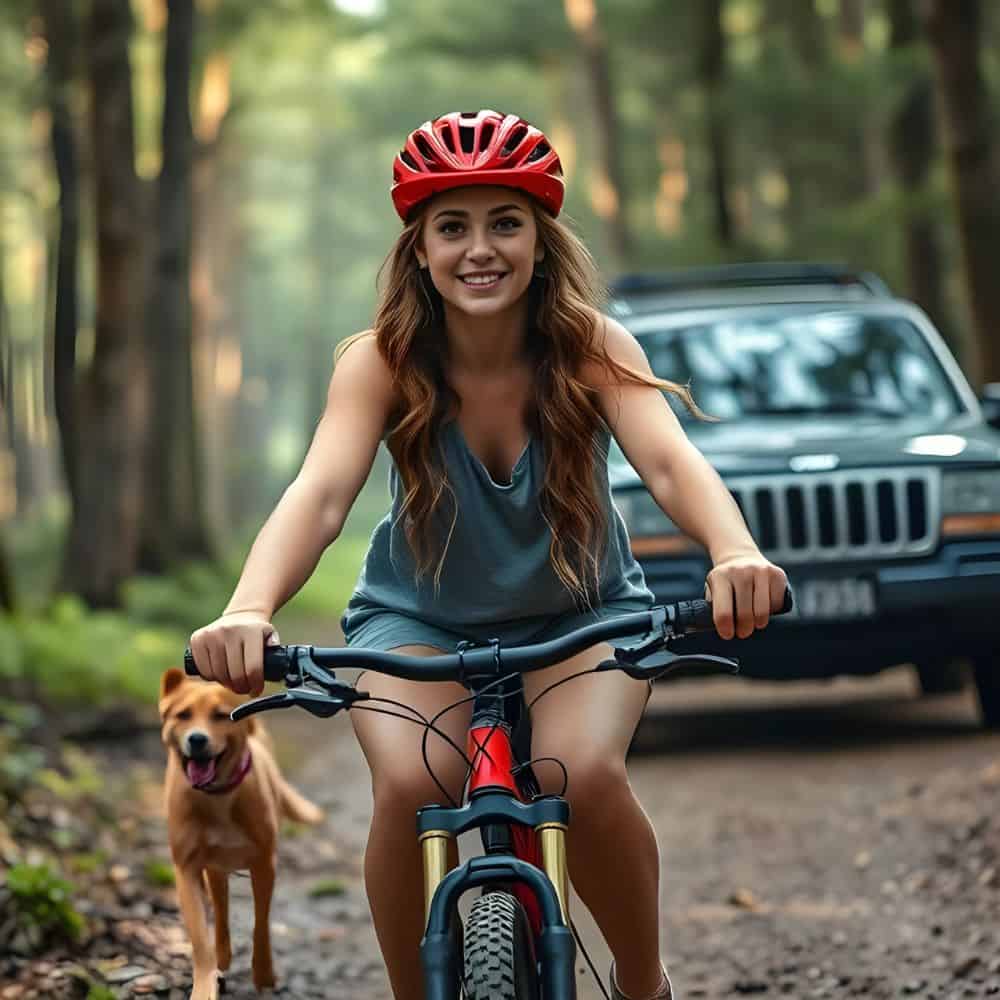
This flexibility works well for most step-through frames, but there’s a caveat: bikes with ultra-short seat posts (common on some folding or children’s models) may not provide enough surface area for a secure grip. In such cases, adding a secondary strap around the downtube (the diagonal frame section) enhances stability. Users report success with bikes as small as 20-inch wheels, though frequent stops to readjust straps are advised on bumpy roads. Compared to hitch-mounted racks, which often require top tubes, the JAYEUW’s adaptability makes it a standout for eclectic bike collections.
Does It Work with Vehicles Featuring Trunk Spoilers?
Spoilers add sporty flair to cars but create headaches for trunk rack users. The JAYEUW rack explicitly does not fit vehicles with rear spoilers, as its mounting straps and frame require a flat, unobstructed trunk surface. Spoilers—even low-profile “lip” styles—prevent the rack’s arms from sitting flush, leading to instability and potential damage.

However, creative workarounds exist for spoiler-equipped cars:
- Vertical Spoilers: If the spoiler is mounted high (e.g., on SUVs like the Toyota RAV4), the rack can be installed below it, though this reduces trunk access.
- Adjustable Spoilers: Some electric spoilers retract at low speeds; check if lowering them creates enough clearance.
- Aftermarket Modifications: Installing a hitch receiver ($150–$300) allows switching to a hitch-mounted rack.
For most users, though, the JAYEUW rack is a no-go with spoilers. Always verify your vehicle’s trunk design before purchasing.
Is Installation Difficult? A Step-by-Step Breakdown
The JAYEUW rack markets itself as “easy to install,” but “easy” is relative. Here’s a transparent look at the process:
- Unfold the Rack: Release the locking mechanism to extend the arms (takes 2–3 minutes).
- Position on Trunk: Hook the top straps over the trunk lid, ensuring the rack’s frame doesn’t block taillights or license plates.
- Secure Lower Straps: Attach the J-hooks to the trunk’s lower edge or bumper. Tighten all straps incrementally to avoid uneven pressure.
- Load Bikes: Place bikes onto the cradles, starting with the heaviest in the center. Use included nylon straps to fix handlebars and wheels.

Time Required: First-timers need 15–20 minutes; experienced users cut this to 8–10. The lack of tools is a plus, but challenges arise with:
- Trunk Contours: Curved trunks (e.g., Honda Civic) may cause strap slippage.
- Weight Distribution: Over-tightening straps can warp the rack’s frame.
Pro tip: Place a towel between the rack and trunk to prevent scratches during adjustments.
Will It Scratch Your Car’s Paint?
The fear of paint damage haunts every trunk rack user. The JAYEUW addresses this with:
- Padded Contact Points: Thick rubber sleeves on hooks and cradles.
- Non-Abrasive Straps: Nylon webbing with silicone grips to minimize friction.
However, grit trapped between the rack and trunk can act like sandpaper during drives. To prevent this:
- Clean Trunk and Rack: Wipe both surfaces before installation.
- Use Protective Film: Apply temporary PPF (paint protection film) where the rack touches the car.
- Avoid Overloading: Exceeding the 44-pound limit strains straps, increasing movement.
Long-term users note minor scuffing on matte-finish cars but report no issues on glossy paints when maintained properly.
Is It Suitable for Hatchbacks?
Hatchbacks like the Subaru Impreza or Mazda3 are prime candidates for the JAYEUW rack. Its foldable design (20.5” x 28.7” x 3.2”) tucks neatly into tight storage spaces, while the low-profile frame avoids blocking rear wipers or windows. The rack’s weight (15 lbs) is manageable for hatchback owners, though loading bikes requires lifting them higher than SUV users.
Key considerations:
- Trunk Access: The rack tilts with the hatch, but bikes must be removed first.
- Wheelbase Limits: Bikes longer than 48” (common in adult MTBs) may overhang, risking tire contact during turns.
For hatchbacks with roof rails, a rooftop rack might offer better clearance, but the JAYEUW’s affordability and simplicity make it a compelling alternative.
Final Verdict: Who Should Buy This Rack?
The JAYEUW Trunk Bike Rack shines for casual cyclists and families seeking a budget-friendly, no-fuss solution. Its ability to accommodate diverse bike frames, paired with paint-friendly design, makes it ideal for weekend warriors. However, frequent travelers or those with spoiler-equipped vehicles should explore hitch-mounted alternatives.
By balancing practicality and protection, this rack proves that adventures don’t need to be complicated—just securely strapped.
This guide merges hands-on insights with technical specs, offering readers a clear, actionable review. By addressing pain points like spoiler compatibility and paint safety, it positions the JAYEUW rack as a thoughtful choice for hatchback owners and casual cyclists, while acknowledging its limits for heavy-duty use.
Our team is creating outdoor-gear relevant articles with passion. If our articles can help you to find the correct solutions for your questions, we will be happy about that. In the content creation process, we usually collect accurate and useful information online or offline to compile our content in an organized way. Consequently, we can guarantee that you can discover some expected answers to your questions. We appreciate your time on our site.

